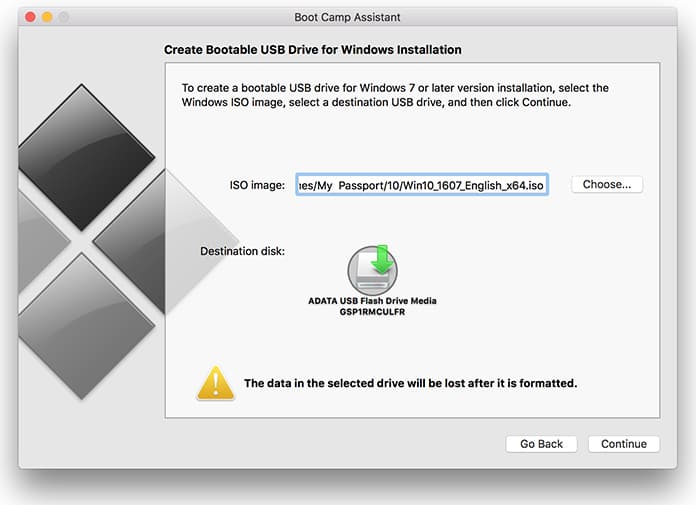There's a lot of information on the Internet on how to create bootable media on OS X, and a lot of it doesn't work. Don't get tricked into buying special applications for this. Everything you need is already installed on your Mac.

Convert the ISO to an image your Mac can work with
Open the Terminal application. The easiest way is to open Spotlight (CMD+SPACE) and type 'Terminal'.
Follow the guide down below to create a bootable USB stick from a MAC: Make sure that you prepare a USB flash drive with at least 2GB of space and backup any important information away from it since it will be re-formatted. Then, visit this official link and download the Ubuntu ISO file to your Mac. Either choose 'Create a Bootable CD/DVD' or 'Create a Bootable USB' depending upon the type of disk you are using to burn your ISO image files. Insert your USB or DVD/CD to your Mac OS X. How to tell what version of mac os you have. Select your file format from the 'System File' section as FAT, FAT 32, NTFS.
- If you want to create a bootable USB drive from an ISO file, the following utilities are recommended. These tools each work on Windows, Mac and Linux computers, respectively. Choose the tool based on what platform you intend to create the bootable drive on. Bootable USB Software 1: Androidphonesoft ISO Burner for Windows.
- Under 'Boot selection', use the Select button to locate the.iso file you want to copy to this USB thumb drive. In the example below, I've inserted an unlabeled USB thumb drive that appears as 'E:', and I've selected the file HBCDPEx64.iso (the most recent Hiren's Boot CD), that I'd downloaded previously.
Let's say you've downloaded a file called debian.iso to your Downloads folder. In that case, the command would be:
I'll continue with this example. Don't forget to change the filenames to whatever you're using.
Put your fresh image on your USB stick
Make sure your USB device is not plugged in before running this command:
Now, plug in your USB device and run:
Compare the list with the previous one - a device should have been added. In my case, it was indicated as '/dev/disk2 (external, physical)'. This /dev/disk2 is important to note down, we'll use it in the next step:
(replace N with the disk number from the last command; in the previous example, N would be 2).
You will be asked for your password and then nothing happens, but you can be sure you're computer is cooking a bootable USB stick for you now. This may take a while.
Finished!
If everything is okay, you will see something like this:
Create Bootable Usb From Iso Windows 10
SourcesSoftware To Create Bootable Usb From Iso Mac
- Header image: imagii on Pixabay

